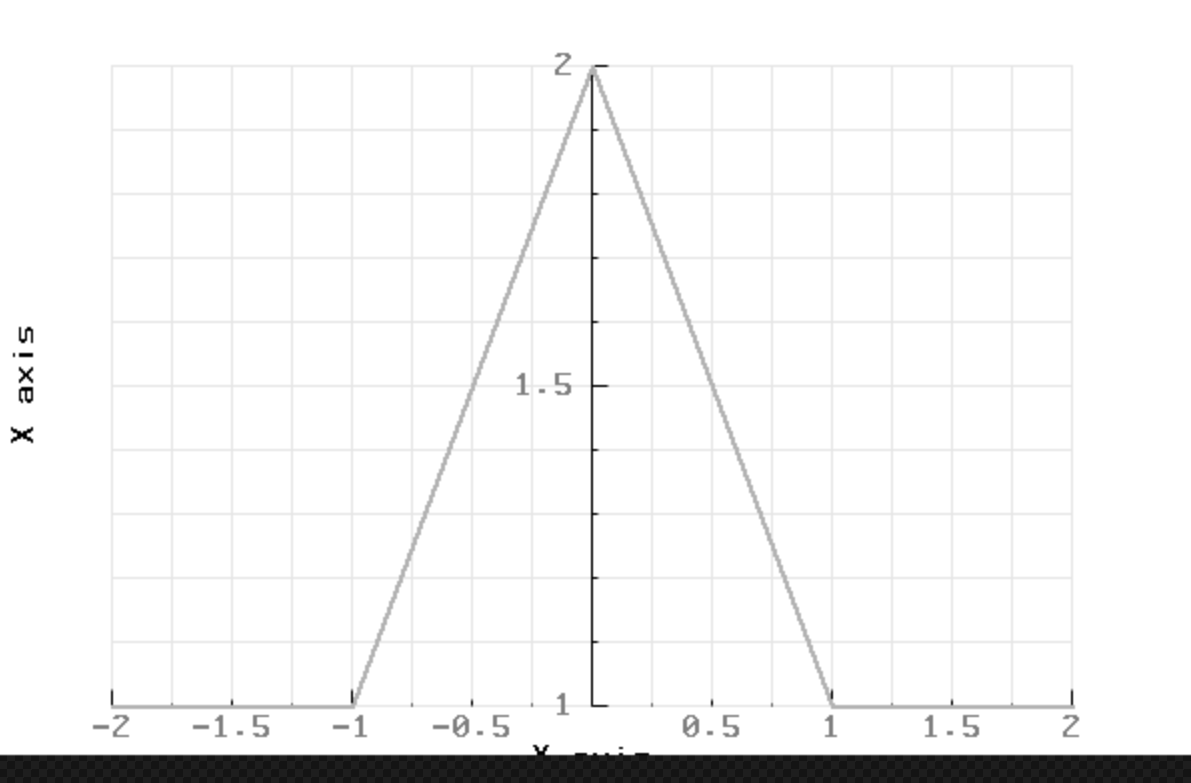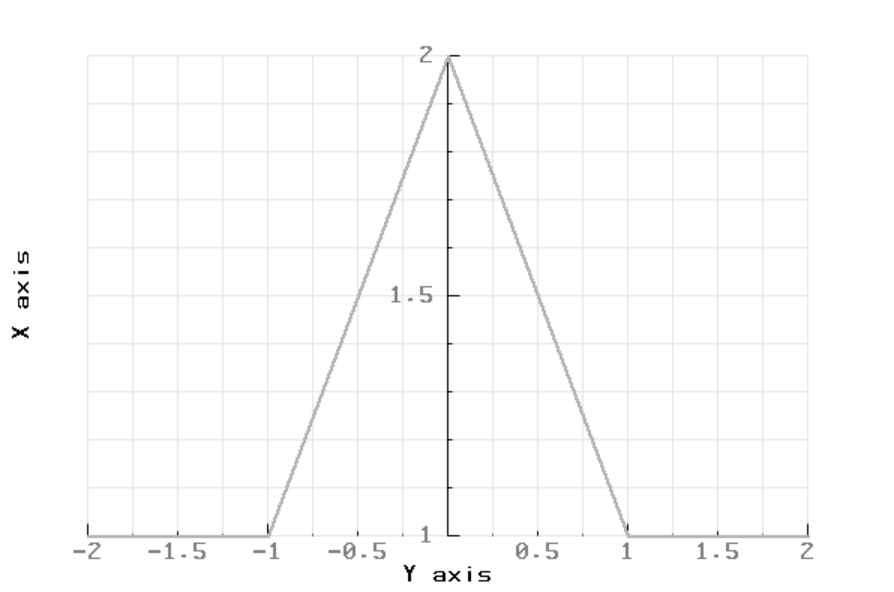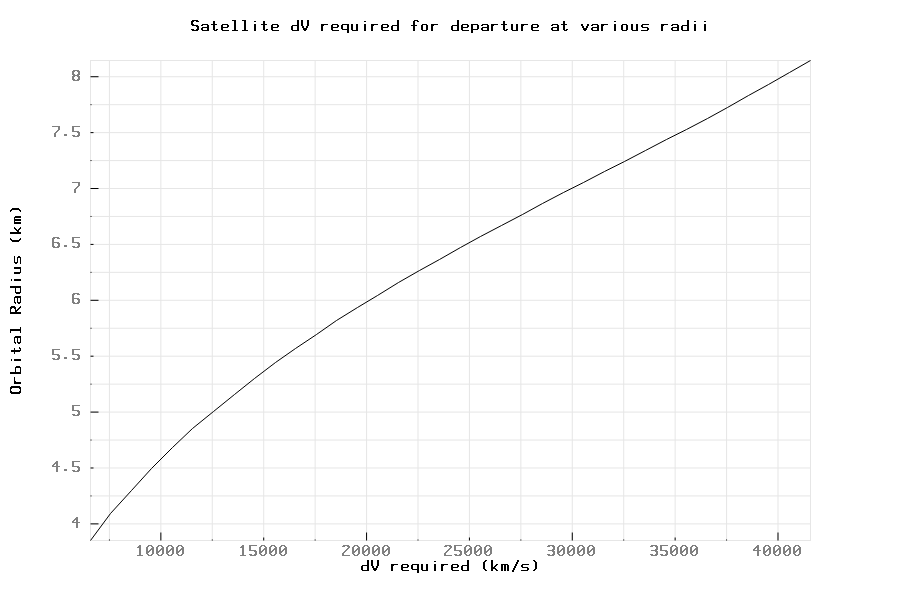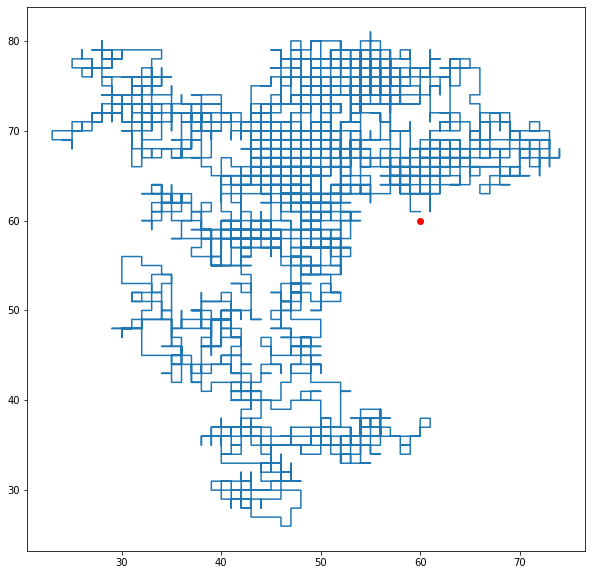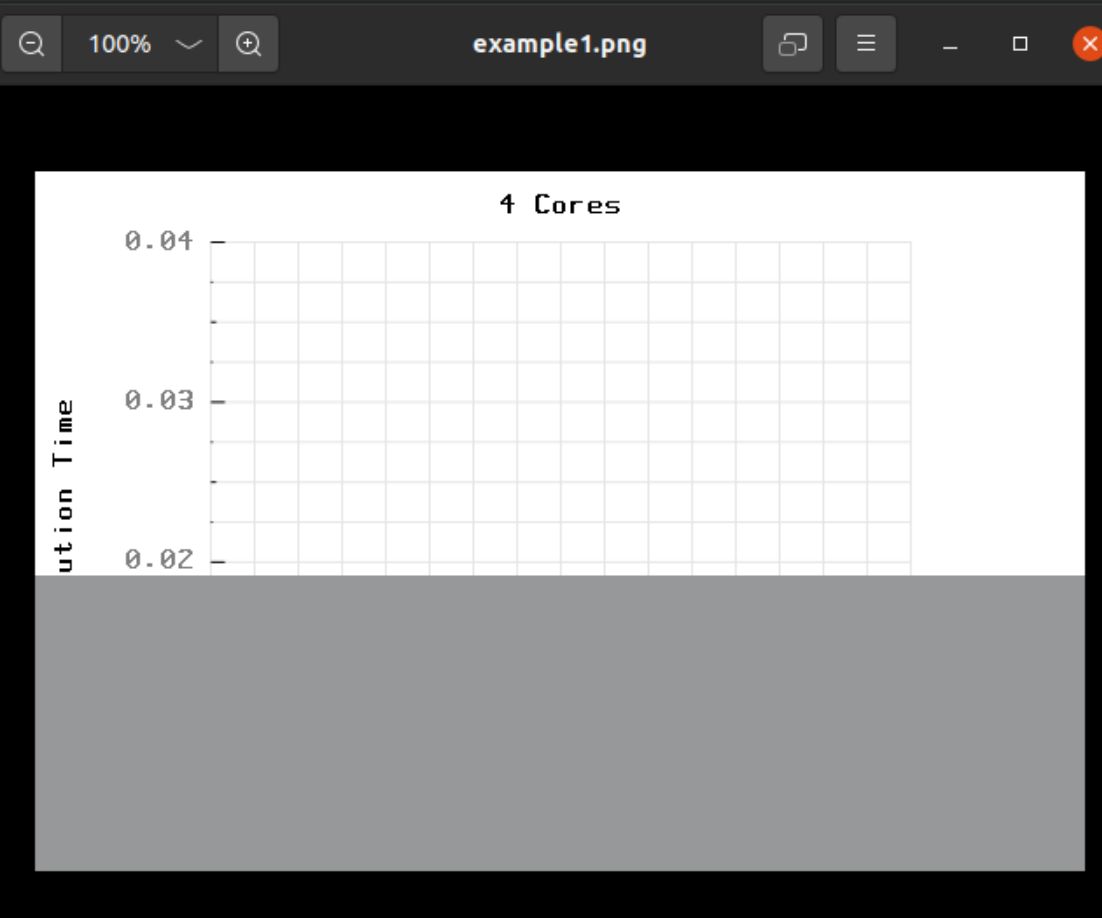Hello, I have recently been working on a simple SIR Epidemic Simulation, and wanted to use pbPlots to visualize the data. Unfortunately, I can't get it to work correctly. Every time I run my code and go to open the png file, it just says that the file is unreadable or corrupted. I also noticed that the file size is only 65 bytes, which is smaller than the usual 180KB.
/*
Brandon Pyle
SIR Epidemic Simulation
This program is a simple customizable epidemic simulation that uses the SIR model
*/
//Include statements
#include <string>
#include <iostream>
#include <iomanip>
#include <vector>
#include "pbPlots.hpp"
#include "supportLib.hpp"
using namespace std;
//Function prototypes
int main()
{
//The following block of code creates the title box in the command line
for (int i = 0; i < 50; i++)
cout << "*";
cout << endl << setw(49) << left << "*" << right << "*" << endl;
cout << "* Brandon Pyle *" << endl;
cout << "* SIR Epidemic Simulation *";
cout << endl << setw(49) << left << "*" << right << "*" << endl;
for (int i = 0; i < 50; i++)
cout << "*";
cout << endl << endl;
//Variable Declarations
int numDays;
int population;
double infectionRate = 0.0002; //Percent of other people a person can infect
double recoveryRate = 10; //In days
cout << "Enter the length of the simulation in days: ";
cin >> numDays;
cout << endl << "Enter the population number for the simulation: ";
cin >> population;
if (population > 5000)
cout << "WARNING: Numbers greater than 5000 may result in incorrect or inaccurate results." << endl;
else
cout << endl;
vector<double> S(population, 0.0); //Number of Susceptible People
vector<double> I(population, 0.0); //Number of Infected People
vector<double> R(population, 0.0); //Number of Removed People
vector<double> xPos;
for (double i = 0.0; i < numDays; i++)
xPos.push_back(i);
I[0] = 1; //Starts the simulation with 6 infected people
S[0] = population - I[0]; //Initial number of susceptible people
R[0] = 0; //Initial number of removed people
RGBABitmapImageReference* imageReference = CreateRGBABitmapImageReference();
cout << setw(5) << right << "Day";
cout << setw(13) << right << "Susceptible";
cout << setw(10) << right << "Infected";
cout << setw(9) << right << "Removed" << endl;
for (int i = 0; i < numDays; i++)
{
cout << setw(5) << right << i + 1;
cout << setw(13) << right << fixed << setprecision(0) << S[i];
cout << setw(10) << right << fixed << setprecision(0) << I[i];
cout << setw(9) << right << fixed << setprecision(0) << R[i] << endl << endl;
S[i + 1] = S[i] - infectionRate * S[i] * I[i];
I[i + 1] = I[i] + infectionRate * S[i] * I[i] - I[i] / recoveryRate;
R[i + 1] = R[i] + I[i] / recoveryRate;
}
ScatterPlotSeries* series = GetDefaultScatterPlotSeriesSettings();
series->xs = &xPos;
series->ys = &S;
series->linearInterpolation = false;
series->lineType = toVector(L"solid");
series->color = CreateRGBColor(0, 0, 1);
ScatterPlotSeries* series2 = GetDefaultScatterPlotSeriesSettings();
series->xs = &xPos;
series->ys = &I;
series->linearInterpolation = false;
series->lineType = toVector(L"solid");
series->color = CreateRGBColor(0, 1, 0);
ScatterPlotSeries* series3 = GetDefaultScatterPlotSeriesSettings();
series->xs = &xPos;
series->ys = &R;
series->linearInterpolation = false;
series->lineType = toVector(L"solid");
series->color = CreateRGBColor(0, 0, 0);
ScatterPlotSettings *settings = GetDefaultScatterPlotSettings();
settings->width = 800;
settings->height = 480;
settings->autoBoundaries = true;
settings->autoPadding = true;
settings->title = toVector(L"SIR Epidemic Simulation");
settings->xLabel = toVector(L"Days");
settings->yLabel = toVector(L"Population");
settings->scatterPlotSeries->push_back(series);
settings->scatterPlotSeries->push_back(series2);
settings->scatterPlotSeries->push_back(series3);
DrawScatterPlotFromSettings(imageReference, settings);
//DrawScatterPlot(imageReference, 800, 480, &I, &S);
vector<double>* pngData = ConvertToPNG(imageReference->image);
WriteToFile(pngData, "SIR_Graph_Test.png");
DeleteImage(imageReference->image);
return 0;
}
I have narrowed down the issue to be something with the xPos vector, but I can't figure out why it isn't working. Also, the program does work if you comment out all of the ScatterPlotSeries stuff and uncomment the DrawScatterPlot(...); line. This method works because it uses the I vector for the X axis instead of my xPos vector.



